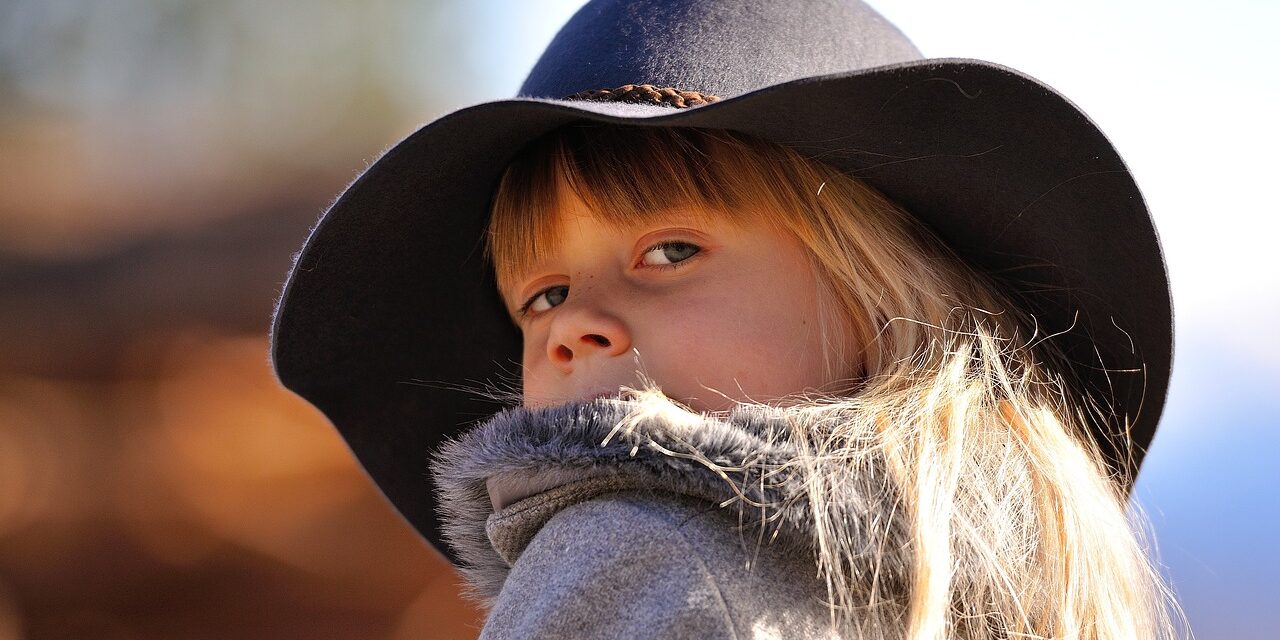In an ever-changing world, where the unexpected can become reality in the blink of an eye, empowering our children with survival skills is not just wise—it’s essential. The concept of survival skills for children goes beyond the basics of outdoor survival; it’s about instilling confidence, resilience, and problem-solving abilities that will serve them throughout their lives. This comprehensive guide delves into child-friendly survival skills, tailored to be both understandable and engaging for young learners. It’s about preparing them not just to survive, but to thrive, no matter what challenges they may face.
Introducing survival skills to children might seem daunting, but it’s a journey filled with discovery, bonding, and fun. From learning how to identify safe from unsafe food sources in the wild to understanding the basics of first aid, these skills are presented in a way that’s accessible and exciting for children. The goal is to create a safe, supportive environment where learning these vital skills becomes a natural part of their growth and development.
But why focus on survival skills for children? In today’s digital age, it’s easy for kids to become disconnected from the natural world and dependent on modern conveniences. Teaching them survival skills not only reconnects them with nature but also equips them with the knowledge to protect themselves and others in emergency situations. Whether it’s a family camping trip gone awry or a natural disaster, having these skills can make a significant difference in their ability to cope and adapt.
This article will explore essential survival skills every child should know, from basic outdoor navigation to the principles of water purification and shelter building. We’ll also discuss the importance of mental resilience and how survival skills can foster independence, critical thinking, and a deep respect for the environment. Join us as we embark on this crucial journey of empowerment, ensuring our children are prepared for whatever lies ahead.
Teaching Survival Skills: A Guide for Parents and Educators
Outdoor Navigation and Awareness
One of the first and most enjoyable survival skills to teach children is navigation. Using a compass, reading maps, and recognizing natural landmarks can turn into a fun adventure while imparting critical skills. It’s also an opportunity to teach them about situational awareness in nature, including staying on trails, identifying hazardous plants and animals, and understanding weather patterns.
Basic First Aid
Children are inherently curious and prone to minor injuries. Teaching them basic first aid not only prepares them for these situations but also instills a sense of responsibility. Start with simple concepts like cleaning and bandaging wounds, recognizing signs of allergic reactions, and when to seek help from an adult. Interactive first aid kits designed for children can make learning engaging and practical.
Fire Safety and Making
Understanding fire is a fundamental survival skill with profound importance. Teaching children the principles of making a fire safely — with adult supervision — not only covers the mechanics of starting a fire using basic tools but also fire safety, including how to extinguish a fire completely and the importance of never leaving a fire unattended.
Water Purification
Safe drinking water is essential for survival. Introduce children to the basics of water purification, such as boiling water and using purification tablets. Simple experiments to demonstrate how purification works can be both educational and fun, highlighting the importance of clean water for health.
Shelter Building
Teaching kids how to build a simple shelter can be an exciting outdoor project. Focus on the basics of using natural materials or tarps to create a protective space. This activity not only teaches practical skills but also encourages problem-solving and creativity.
Signaling for Help
In an emergency, being able to signal for help is vital. Teach children how to use a whistle, create signals with mirrors, or make visible markers. Role-playing games can be an effective way to practice these skills in a low-pressure setting.
Expert Insights: Making Survival Skills Accessible for Children
Experts in child education and survival training emphasize the importance of making learning fun and accessible. Here are some key points they suggest:
- Adapt to the Child’s Age: Tailor lessons to be age-appropriate, ensuring concepts are easy to understand and skills are achievable.
- Engage Through Storytelling: Use stories and scenarios to illustrate lessons, making the information memorable and relatable.
- Encourage Hands-on Practice: Provide plenty of opportunities for children to practice skills hands-on, under adult supervision, to build confidence and competence.
- Promote a Positive Mindset: Focus on building resilience and a positive attitude towards challenges, which is as important as the skills themselves.
Introducing children to survival skills is about more than just preparing them for unlikely scenarios; it’s about equipping them with confidence and adaptability that will serve them in all areas of life. By integrating these skills into their education, parents and educators can help children develop a strong foundation of self-reliance and respect for the natural world.
Summary and Empowering the Next Generation with Survival Skills
Equipping children with basic survival skills is an empowering process that prepares them for the unexpected and nurtures a deep connection with the natural world. Through this comprehensive exploration, we’ve highlighted essential survival skills tailored for young learners, including outdoor navigation, basic first aid, fire safety, water purification, shelter building, and signaling for help. These skills are not just about survival; they’re about fostering independence, critical thinking, and a responsible attitude toward personal safety and the environment.
Key Takeaways for Cultivating Child-Friendly Survival Skills:
- Start with the Basics: Begin with fundamental skills that are easy to grasp and build upon them as the child grows.
- Make Learning Fun: Utilize games, storytelling, and outdoor adventures to teach survival skills in an engaging way.
- Practice Regularly: Consistency is key. Regular practice reinforces learning and boosts confidence.
- Lead by Example: Demonstrate a positive and proactive approach to learning and using survival skills.
- Encourage Curiosity: Support children’s curiosity about the natural world and survival techniques.
By introducing children to survival skills, we give them tools for self-reliance and the ability to face challenges with confidence. These lessons extend beyond mere survival, imparting values of resourcefulness, resilience, and respect for nature that will benefit them throughout their lives. As we empower the next generation with these essential skills, we’re not just preparing them for the wilderness; we’re preparing them for life.
Embrace the journey of teaching survival skills to children as an opportunity to bond, learn, and grow together. The knowledge and experiences shared will not only prepare them for emergencies but will also create lasting memories and invaluable life lessons. Let’s empower our children with the skills they need to navigate the world confidently and safely.








